Iran plans four new nuclear plants

A ceremonial ground-breaking event took place last week at the site where the Atomic Energy Organization of Iran (AEOI) says four new nuclear reactors will be built over the next 20 years.
Your most critical assets deserve more than just fences and cameras. NV5’s cutting-edge layered security solutions extend detection and response beyond traditional perimeters. From advanced geospatial analytics to integrated surveillance and access control, NV5 helps you stay ahead of threats before they breach your defenses. Learn more.

A ceremonial ground-breaking event took place last week at the site where the Atomic Energy Organization of Iran (AEOI) says four new nuclear reactors will be built over the next 20 years.

Danagoulian
Areg Danagoulian, associate professor of nuclear science and engineering at Massachusetts Institute of Technology, draws on his experiences growing up in Soviet-era Armenia to argue that nuclear energy is crucial to “help strengthen liberal democracies that are being unprecedently threatened” by what he calls authoritarian regimes, such as Russia and China.
Disasters both natural and man-made: In his essay “How Nuclear Power Saved Armenia,” published by the Bulletin of the Atomic Scientists, Danagoulian recalls the shutdown of Armenia’s Metsamor nuclear reactors in 1989 in the wake of fears generated by the 1986 Chernobyl accident, which “dramatically undermin[ed] public trust in nuclear power as a safe source of energy.” He asserted that “the public perception of danger from nuclear power was magnified by the outrageous lies that the Soviet leadership spread about the disaster, the obvious incompetence and irresponsibility of the Soviet nuclear designers who built and operated the Chernobyl reactor, and the poorly executed cleanup efforts, which were compounded by miscalculations and gross mistakes.”
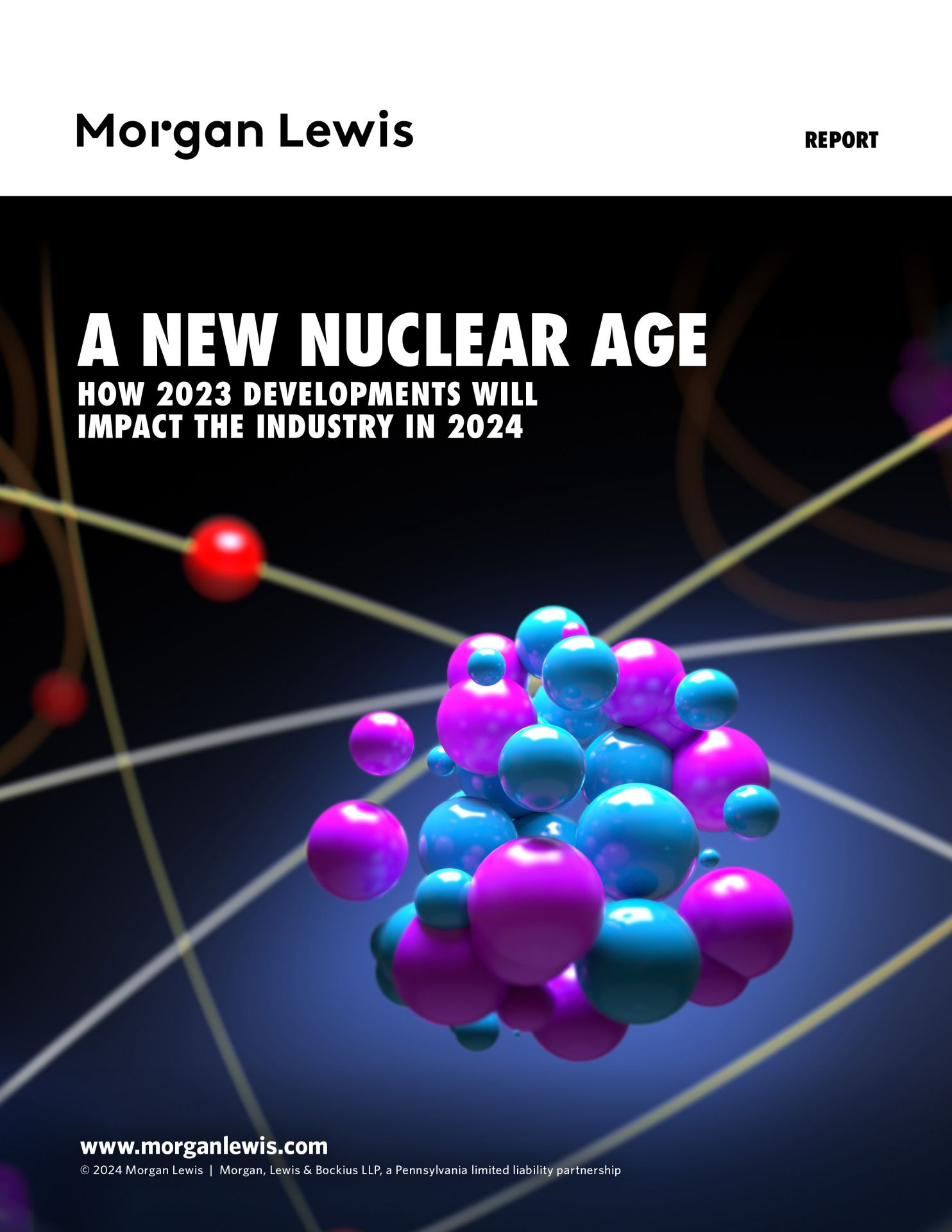 A new report, A New Nuclear Age: How 2023 Developments Will Impact the Industry in 2024, has been released by Morgan Lewis, a global corporation that provides litigation, corporate, labor and employment, and intellectual property services. Morgan Lewis’s energy specialist attorneys, who compiled the report, reviewed recent developments in rules and guidance from the Nuclear Regulatory Commission and Department of Energy that have impacted various aspects of the nuclear energy industry. Covered areas include cybersecurity, small modular reactors, advanced reactors, sustainability, export controls, plant decommissioning, microreactors, and fusion systems. Also considered in the report are potential future developments that may further affect the nuclear industry this year.
A new report, A New Nuclear Age: How 2023 Developments Will Impact the Industry in 2024, has been released by Morgan Lewis, a global corporation that provides litigation, corporate, labor and employment, and intellectual property services. Morgan Lewis’s energy specialist attorneys, who compiled the report, reviewed recent developments in rules and guidance from the Nuclear Regulatory Commission and Department of Energy that have impacted various aspects of the nuclear energy industry. Covered areas include cybersecurity, small modular reactors, advanced reactors, sustainability, export controls, plant decommissioning, microreactors, and fusion systems. Also considered in the report are potential future developments that may further affect the nuclear industry this year.
The Czech government is looking to accelerate the pace at which it is adding nuclear energy to its grid. Officials announced yesterday that it plans to build up to four nuclear reactors—instead of one—as the country tries to become more energy independent and shift away from fossil fuels.
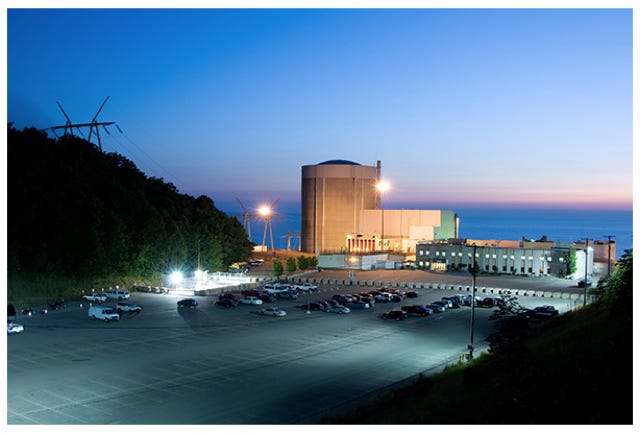
The Palisades nuclear power plant in Covert, Mich., may become the first in the United States to be restarted after permanent shut down—with help from a $1.5 billion loan being championed by the Biden administration.

Ontario Power Generation’s Pickering nuclear power plant may see decades of new service beyond its original lifespan, which included plans to shut reactors down this year.
Ontario energy minister Todd Smith announced today government support for refurbishing four nuclear reactors collectively known as Pickering B, located on the north shore of Lake Ontario, east of Toronto. This move is part of a larger energy strategy, as forecasts show the demand for electricity is expected to double in the next 25 years.
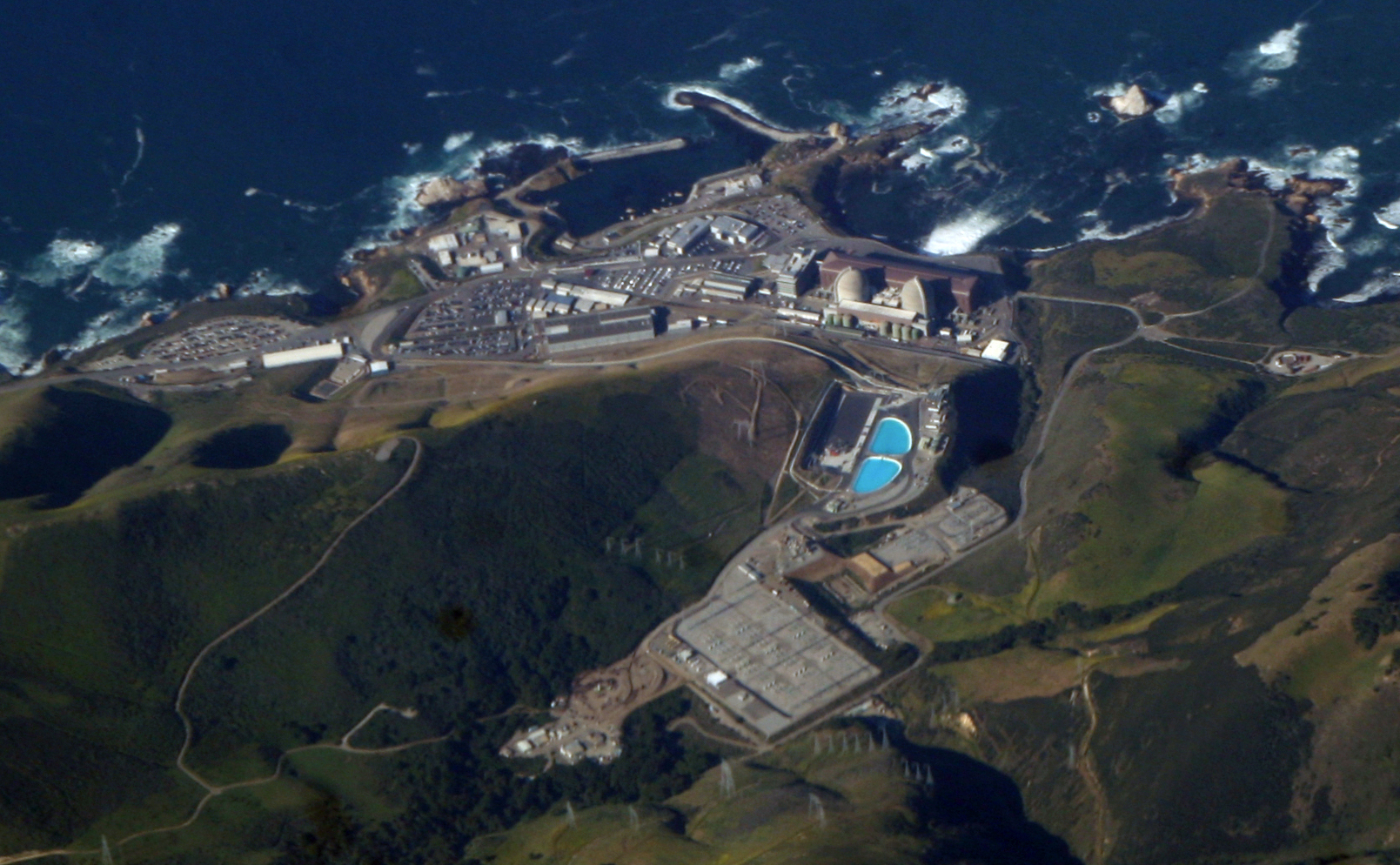
The Nuclear Regulatory Commission has scheduled two meetings in February to discuss the environmental evaluation and review process for the license renewal application of the two-unit Diablo Canyon nuclear power plant in Avila Beach, Calif.

Crownhart
“I’ve got nuclear power on the brain this week.” So writes climate and energy reporter Casey Crownhart in a recent edition the Spark, the MIT Technology Review’s climate newsletter. In her article, Crownhart describes how, while she was conducting research on advanced nuclear energy for another article, she “went down some rabbit holes on . . . potential options for future nuclear plants” and has “reached new levels of obsession” about nuclear energy.
Nuclear primer: Crownhart’s article could serve as a primer for both basic nuclear and advanced nuclear technologies. She begins by discussing the “two absolutely essential pieces” of conventional nuclear power plants—namely, the enriched uranium fuel and the pressurized water cooling system—and explains that the cooling system “keeps the whole thing from getting too hot and causing problems.”
Japanese regulators have ordered further review at a nuclear power plant in central Japan following a series of deadly earthquakes that rocked the country on New Year’s Day.
The United Kingdom released plans yesterday for the biggest expansion of nuclear power in 70 years. Officials outlined Civil Nuclear: Roadmap to 2050 as an opportunity to improve the United Kingdom’s energy independence from foreign sources as it looks to build a new power station and invest in advanced nuclear fuel production.
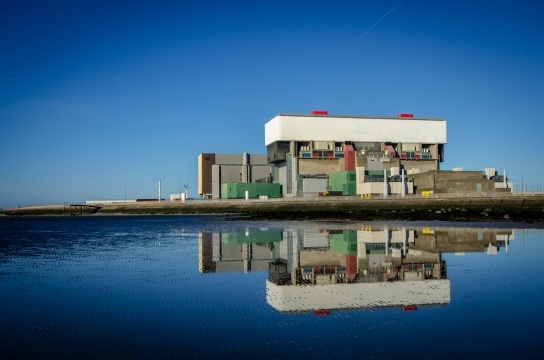
French energy supplier Électricité de France announced this week it will invest $1.7 billion to keep its U.K. fleet in production through 2026.
As Spain prepares to shutter its fleet of seven nuclear power plants, France considers adding more than 14 new ones.
NuScale announced today a 28 percent reduction in full-time staff, affecting 154 workers, as part of the company’s move to focus resources on “key strategic areas”— including deployment of its small modular reactor.
Ukraine’s Zaporizhzhia nuclear power plant has taken action to ensure an immediate supply of backup electricity at the site in case the main external power line is lost.
Amid Ukraine's ongoing military conflict with Russia, Zaporizhzhia has experienced frequent power cuts. Since August 2022, the plant has suffered eight events with a complete loss of off-site power, according to a statement from International Atomic Energy Agency director general Rafael Mariano Grossi.
A series of earthquakes on New Year’s Day that resulted in a tsunami warning and prompted evacuations from Japan’s west coast caused no irregularities at the country’s nuclear plants, Japanese officials have reported.

The Nuclear Regulatory Commission has finalized an inspection finding as “white” related to an inoperable emergency diesel generator at the V. C. Summer nuclear power plant in Jenkinsville, S.C. Under the NRC’s reactor oversight process, a white inspection finding reflects low-to-moderate safety significance.
“Maintaining the operational readiness of all safety-related equipment is crucial for the plant's ability to respond effectively in emergencies,” said Laura Dudes, NRC Region II administrator. “While not indicative of immediate risk, this finding underscores the need for continuous vigilance and improvement in the plant’s corrective action process.”
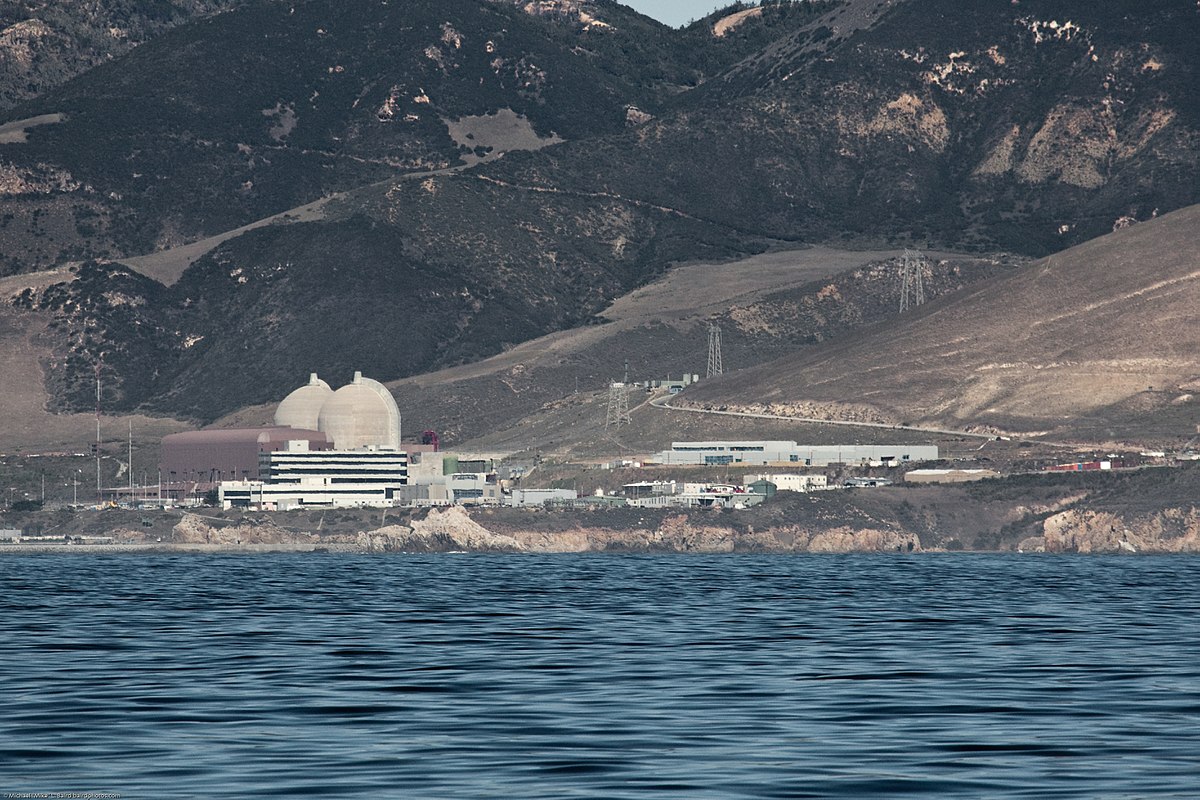
The Nuclear Regulatory Commission has accepted for review Pacific Gas and Electric’s formal request to extend Diablo Canyon nuclear power plant’s operating licenses for another 20 years.

EDF Energy’s new nuclear build megaproject at Hinkley Point C last Friday moved forward—or, more literally, upward then downward—when workers, with a substantial assist from Big Carl, the world’s largest crane, successfully lifted the C1 reactor building’s 47-meter-wide, 245-ton steel dome into place.

Unit 4 at India’s Kakrapar nuclear plant has achieved initial criticality, Nuclear Power Corporation of India Ltd. (NPCIL) has announced. This latest milestone in the country’s ambitious nuclear power program was reached early on December 17.

The California Public Utilities Commission (CPUC) voted last Thursday to extend the life of Diablo Canyon an additional five years. The decision was the final step in the extension of the state's last remaining nuclear power plant, whose two reactors will now operate until at least 2029 and 2030, respectively, instead of closing in 2024 and 2025.